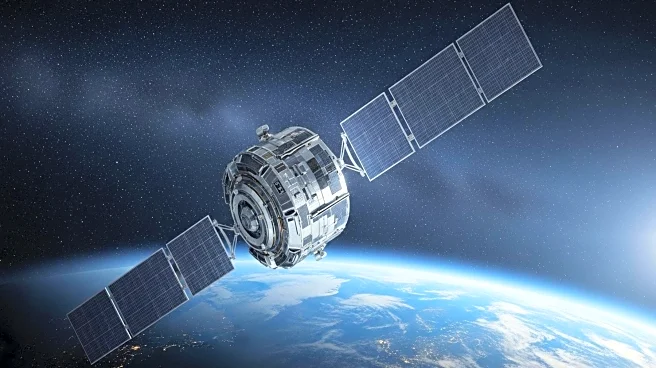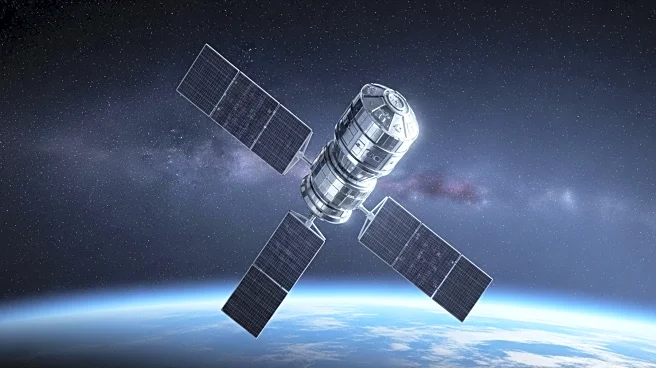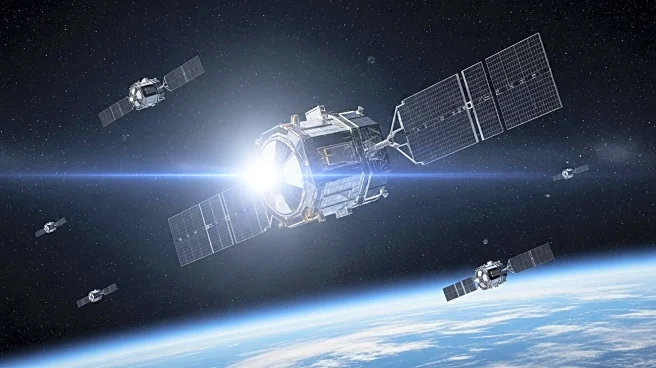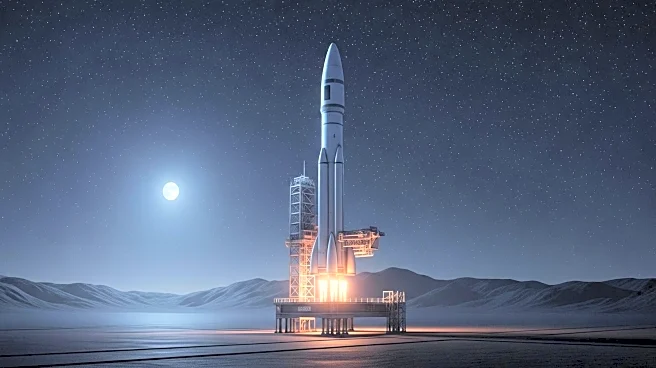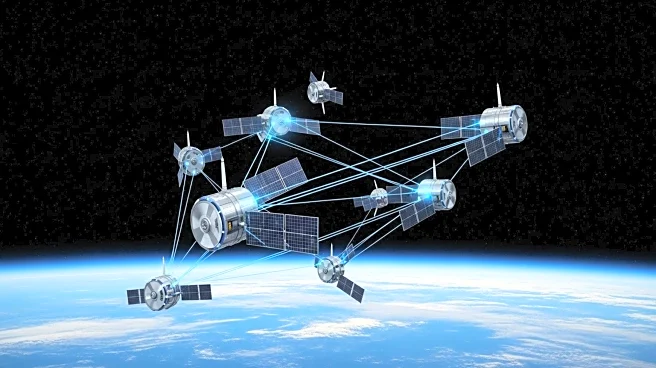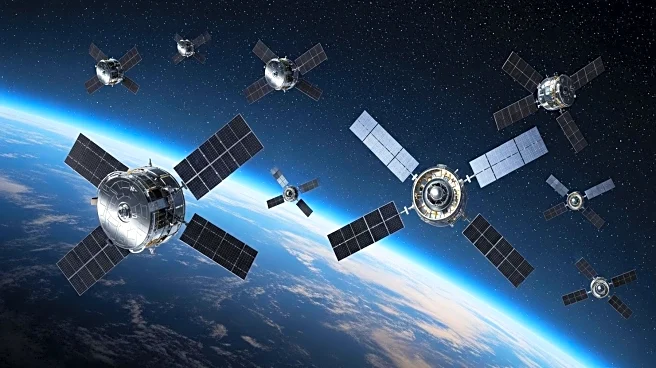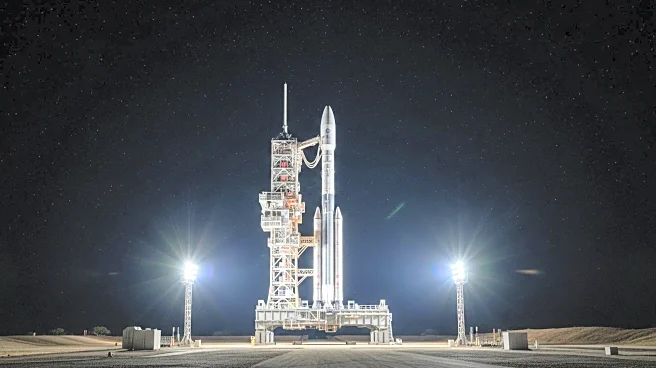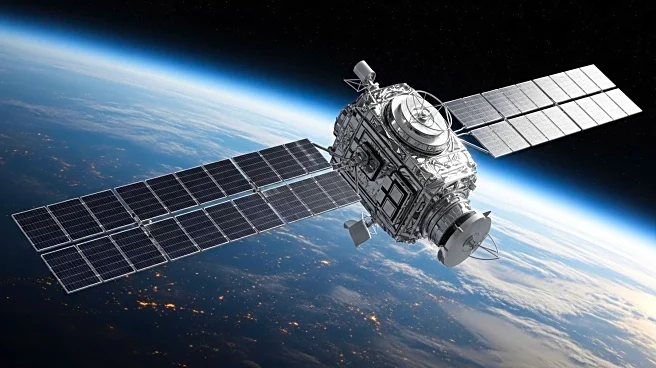What's Happening?
SpaceX has successfully launched 24 additional Starlink satellites, marking the 300th mission of its satellite internet constellation. The launch took place on September 13, 2025, from Vandenberg Space Force Base in California. The Falcon 9 rocket, which carried the satellites, achieved its 115th launch of the year, with over 70% of these missions dedicated to Starlink. The first stage of the Falcon 9, designated B1071, completed its 28th flight and landed on the SpaceX drone ship 'Of Course I Still Love You' in the Pacific Ocean. This mission brings the total number of active Starlink satellites to over 8,300, reinforcing SpaceX's position as the operator of the largest satellite constellation in history.
Why It's Important?
The continued expansion of the Starlink network is significant for global internet connectivity, particularly in remote and underserved areas. By increasing the number of satellites, SpaceX aims to enhance the speed and reliability of its internet service, potentially transforming digital access worldwide. This development also underscores SpaceX's dominance in the commercial space sector, as it maintains a high launch cadence and demonstrates the reusability of its Falcon 9 rockets. The success of Starlink could influence the competitive landscape of satellite internet providers, prompting other companies to accelerate their own satellite deployment plans.
What's Next?
SpaceX plans to maintain its rapid launch schedule, with regulatory approval to increase its launch rate from Florida. This will support the growing demand for Starlink services and other commercial and government missions. As SpaceX continues to expand its satellite network, it may face increased competition from other global players, such as the European aerospace consortium planning to enter the market. Additionally, SpaceX's advancements in rocket reusability and launch frequency could set new industry standards, prompting further innovation in the space sector.
